“I guess it’s the equivalent of ascending Everest…I think it’s harder!”

Nikon D4

Sony a6500
It’s taken me 18 months to produce my fell running film: “The Bob Graham Round: Running the Fells with Friends”. This short post will give you a flavour of why it’s taken that long and how I’ve moved from stills to moving pictures. Much pleasure, but sooooo much pain!
I’ve long been fascinated by filmmaking. Ever since the first DSLR with a video function came out (in my case, a Nikon D4), I’ve been curious about what that meant for how I’d be using a camera in the future. I’m not really a telly person, but I do love anything cinematic and desperately wanted to try my hand at making a film.
To be honest, my first experiments with filmmaking were rubbish! Whilst I’ve carried my photographic eye for composition, colour, framing, knowledge of dynamic range, noise control and conveying the emotional content of an image into filmmaking, as well as many other aspects of the art of taking stills, there are so many barriers to creating a moving picture that’s actually worth watching. Keeping everything in focus is the first thing that goes out of the window. With photography, stills cameras are now so good at doing this, that it’s just a case of optimising the settings on your camera and practising with the subject. With filmmaking it’s different. You can’t generally use autofocus because the jumping about of the lens as it hunts for focus looks dreadful. I do have one camera, the Sony a6500 which is especially good at video autofocus, but more often that not, focus is pulled manually in video, because cameras just can’t hack it. Bigger productions than mine actually have a dedicated person called a Focus Puller and that’s all they do.

My D500 on a Ronin M stabilised rig
The same is true for exposure. Stills cameras are great at finding the right exposure, with a bit of exposure compensation tweaking. But with video, this constant step-changing as the camera adjusts for the changing brightness of the scene can look absolutely awful and amateurish. Also, DSLR lenses aren’t optimised for film; one small example is that they have stepped aperture rings rather than smooth, continuous controls. Exposure in video is often controlled using smooth changes in aperture, partly because the shutter speed is more likely to be fixed than the aperture. So, again, manual exposure is the norm.
Another thing worth mentioning is stabilisation. Still photos are a snapshot in time and, as long as you’ve got the shutter speed right, they shouldn’t be blurry. Lens (and in-body) stabilisation helps get sharp shots where the shutter speed would otherwise be too slow. With moving pictures, shutter speed is still important, but in a different way. It’s usually fixed at twice the film’s frame rate to produce believable, pleasing motion blur. For moving pictures, the sequence of still images that make up a video have to flow smoothly into each other rather than the frame jumping about all over the place. It’s not so much whether each individual frame is sharp, but more whether the sequence of stills that make up the video clip are smooth and stable. Simply trying to hand-hold a camera while filming can look very bad. Wobbly footage can be catastrophic, unless it’s deliberately being used as an effect. So, measures such as complicated stabilisation devices have to be employed. I use a few, including DJI’s Ronin M, which gives silky smooth footage, even when you’re moving fast and irregularly with the camera. A device like this uses gyroscopes and motors to counteract the camera’s movement and create lovely, smooth video. The same principle goes for drones, where the camera is mounted on a stabilised gimbal.
The last thing I’ll cover here is audio. An incredible piece of visual footage with bad audio can be unwatchable, whereas an average piece of video with great sound is surprisingly engaging. Learning to record good audio has been its own learning curve and has involved a lot of research, the use of good quality equipment and a fair bit of trial and error. I’ve also had to learn how to mix audio and use the various tools to optimise it throughout the film.
Focus, exposure, stabilisation and audio are just a few examples of how working with video is radically different to stills – and I could go on, and on about the differences. There are a raft of new skills to learn. Not least – and any filmmaking student will tell you this – story is king. With stills, you can tell a story with a single frame or a sequence of a few moments in time. I’m certainly not diminishing story-telling in stills photography, as this is a different skill and one I’ve tried to perfect for years. But moving pictures requires a completely different mindset when thinking about story. It’s not enough to make the visuals beautiful. The viewer will happily watch beautiful footage for a while, but then they get bored. A story is essential. So, when I shot my Bob Graham Round film (click the header image for the film) it took me a long while to work out exactly what I was trying to convey. I had so much interview footage of Tony chatting to me about his attempt on the Round, his reason for running, his doubts, philosophy and experiences that I had to pick what it was that I felt was the central thread of the whole thing. In the end, it came down to telling the story of his preparation and attempt, with the focus on the help he’d had from his friends and the sheer joy of running in the hills with them. Once I had that, the editing became easier.
Everything I’ve written above would suggest that stills photography is so different to filmmaking as to be useless as a precursor. Actually, photography has been incredibly useful in my filmmaking learning curve because all those things you learn as a photographer to create the perfect still image translate directly to the aesthetic of the moving image. You just have to think that you’re creating a sequence of still images. So once you understand the fundamentals of producing beautiful stills, translating that to video is a case of adding to those visuals and working out a plan that works across the sequence of stills – the clip – and also the film as a whole.
So, why did it take 18 months to make the film? Well, for one, I’ve had to learn an enormous amount about directing, producing, shooting, interviewing, audio, drone filming, editing and grading (colouring) the footage as well as chopping the narrative around in a way that tells the story I wanted. I’ve had to learn new software such as Adobe’s Premiere Pro, After Effects, Media Encoder and Encore as well as LR Timelapse for the time lapse sequences. I’ve spent literally hundreds (perhaps even thousands) of hours on YouTube and Lynda.com researching techniques and resolving problems. I also wrote the title music and one of the tracks in the middle of the film – rekindling a long lost love of mine: writing music – so I had to get to grips with Ableton Live as well as understand the complexities of licensing other people’s music in your own films and sound design: the art of placing music alongside other sounds and dialogue within a video.
I did have help shooting the footage: Tony, the main protagonist and narrator shot a lot of fantastic GoPro footage; as did his friends. Also, my friend Jago Miller helped shoot extra footage on the Round itself at Skiddaw, Scafell Pike and Keswick; I simply couldn’t be in more than one place at a time. But I think a significant factor for how long it took was that I wasn’t being paid by anyone and there’s nothing quite like the promise of payment to sharpen the mind with a deadline.
This is a completely zero budget film, made with passion, dedication and love for the Lake District, fell running and the mindset that is required to run 66 miles and 27,000ft of ascent over 42 peaks in 24 hours and not completely fall apart.
It’s taken a long time to produce, but I hope you’ll find the result worthwhile.
Recently I’ve also produced a few other short films you might be interested in watching. They’re all either sport or wildlife, reflecting the journey I’ve come on with my photography:





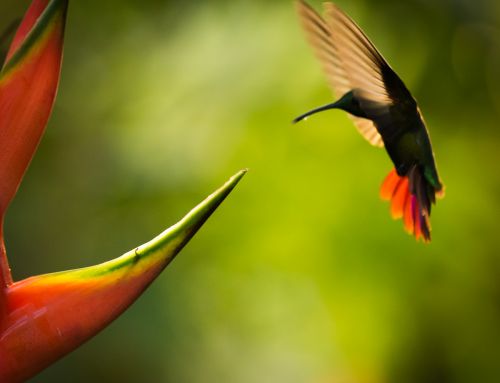
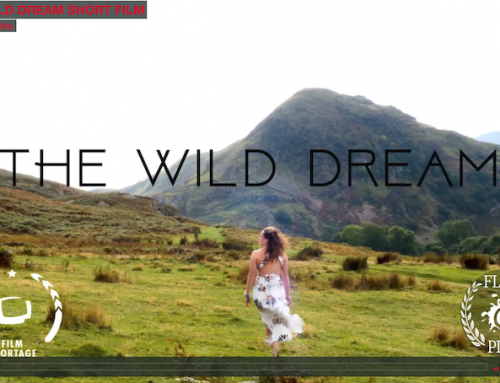
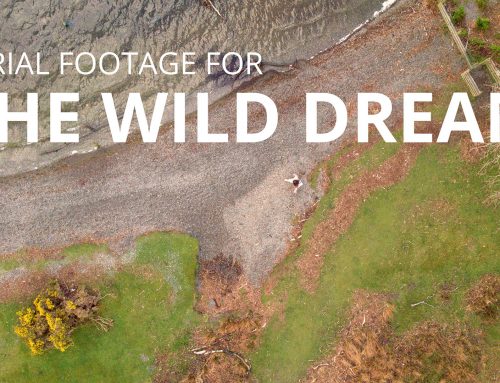
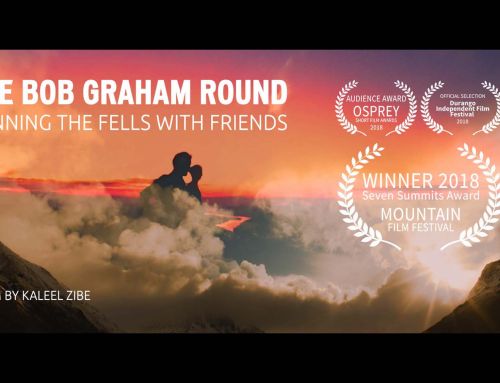
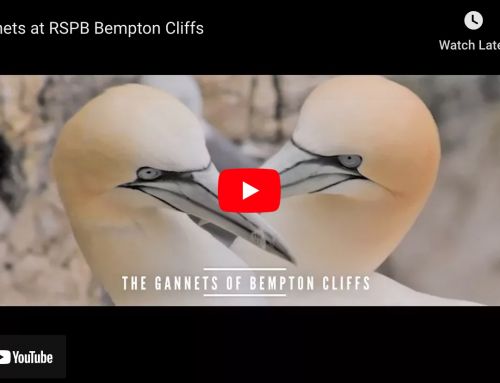
Leave A Comment